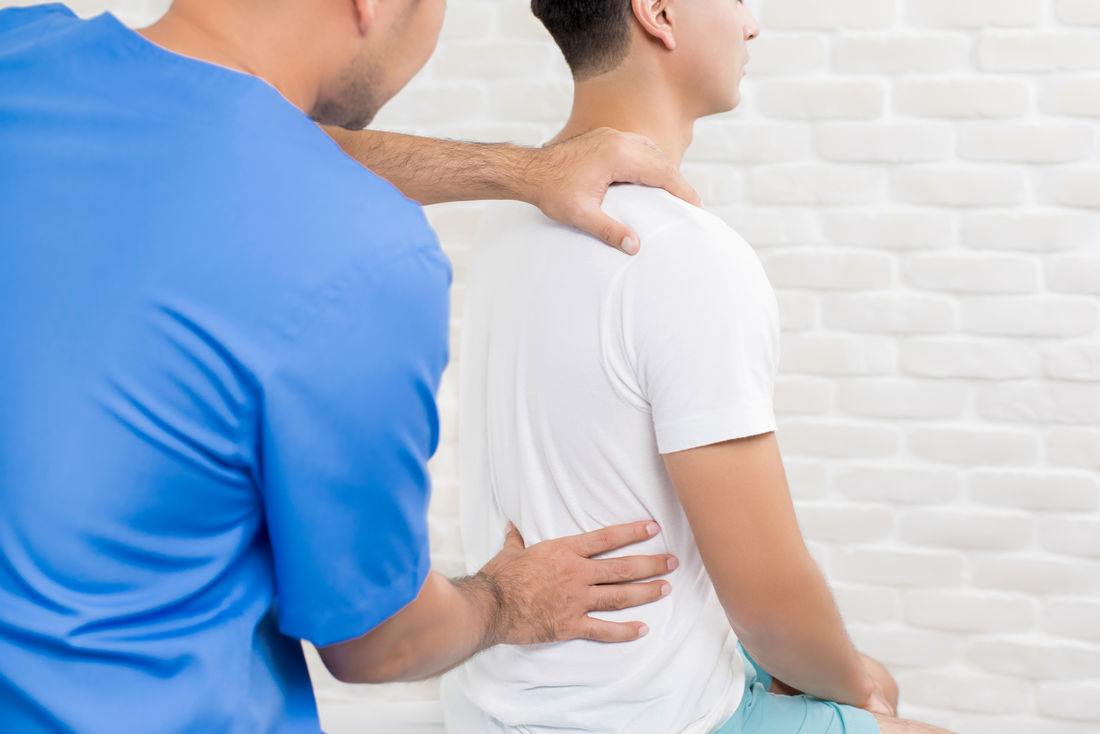In a rapidly moving world where most of us are slaves to technology and accuracy, we as a human race are gradually but surely becoming more concerned about general health. One thing that is slowly becoming more and more noticed is just how poor people�s posture is becoming. Osteopathy (essentially what can be described as the manipulation of bones and muscles to put them back to normal) has so many significant impacts on posture that this specific form of therapy actually exceeds that of yoga in its effectiveness because of just how it is done. Osteopathy is often regarded as an old person�s yoga class because it allows individuals to enjoy a plethora of exercises and in addition make use of massaging techniques on the joints in particular. Osteopathy as well as its techniques, originates back to a couple of principles which govern the practice, these being the application of touch and the manipulation of the body to return it back to how it was, therefore a holistic approach of the entire body. This idea then exploits the human body and helps to explain why even the smallest cut can help for your body to promote healing in that cut, for example.
Importance of Proper Posture Maintaining good posture step more than just sitting and standing up straight. Good posture with walking and proper sitting and standing gaits, allows the body to move and function properly under the pressures of gravity. Bad posture occurs with the body�s structure is placed in an unnatural way for an extended period of time. The condition can temporarily or permanently cause damage to one�s facet joints and muscles. There will soon come a time when the temporary bad position becomes the chronic bad position, and it equals less life quality and body. Chronic bad posture or years of poor posture will unyieldingly bring on a catalogue of additional problems including: 1. Fatigue 2. Back pain 3. Abnormal spine curvature and spinal column deformity 4. Subluxations (vertebrae becoming misalignment within the spinal column)
Osteopathy:
A Holistic Approaching to Health Osteopathy is a form of drug-free non-invasive manual medicine that focuses on total body health by treating and strengthening the musculoskeletal framework, which includes the joints, muscles, and spine. Its aim is to positively affect the body�s nervous, circulatory, and lymphatic systems. This therapy is a unique holistic (whole body) approach to health care. Osteopaths do not simply concentrate on treating the problem area but use manual techniques to balance all the systems of the body, to provide overall good health and well-being. The main tools of this therapy are our hands.
Individual Assessment:
Each person has his or her unique physical and postural history that in?uences the way he or she stands, walks, sits, and moves. Your osteopath will begin by taking a careful case history asking about your family, work, sports, hobbies, diet, previous accidents, operations and illness. Your osteopath will then do an examination of your movements and tissues during walking, standing, bending, and sitting. It often helps in job satisfaction and causes of human chronic illness.
Manual Therapy:
Osteopaths work with their hands using a combination of techniques. These may include stretching muscles, moving joints, and using resistance techniques to improve the range of motion and the quality of movement of a person.
Encouraging Correct Movement Patterns:
An osteopath emphasizes for the patient to have proper posture and ergonomics. By applying proper movement patterns in one's daily activities, this can prevent postural reoccurrence.


